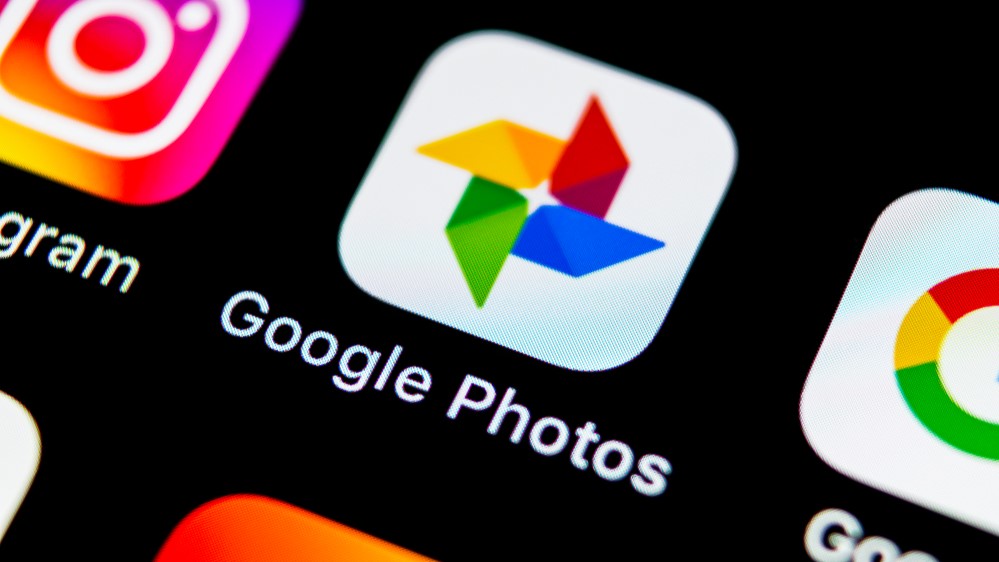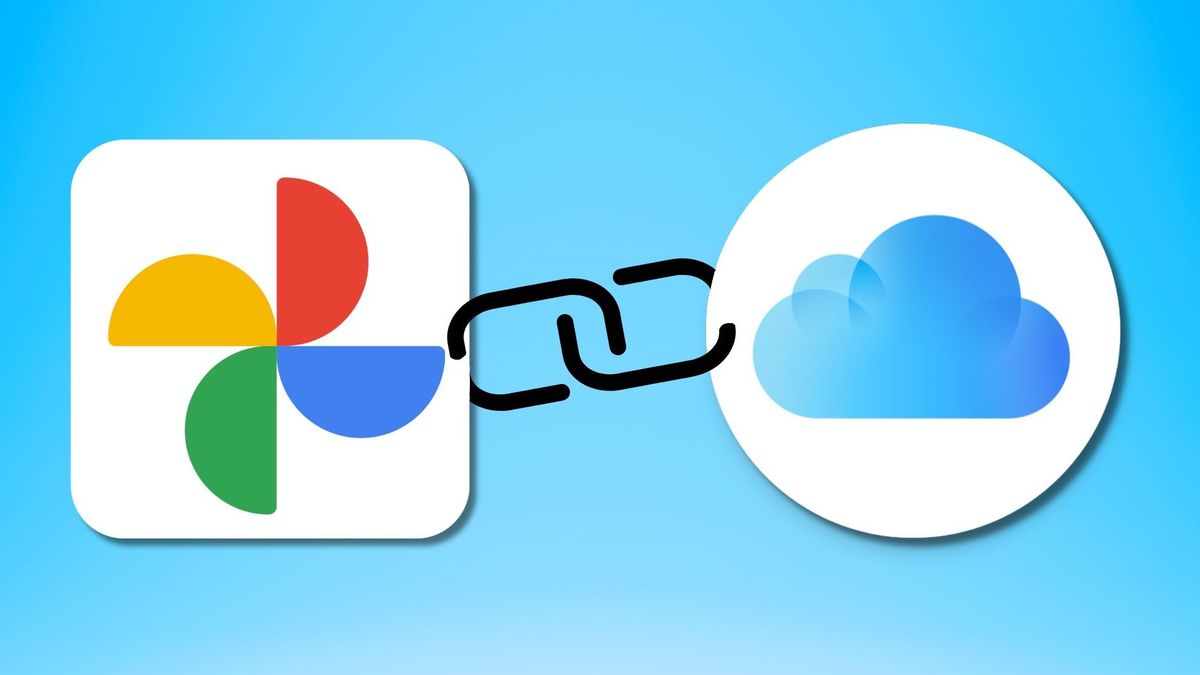Good news for iOS and Android users: it’s now possible to move your entire photo library from iCloud to Google Photos and vice versa.
Apple and Google joined forces in a rare collaboration unveiled on July 10 as part of the Data Transfer Initiative (DTI). Android and iOS users will now be able to directly transfer their photo libraries when jumping between operating systems – without requiring the hassle of going through third-party services or manually transferring every photo.
Here’s a look at the Data Transfer Initiative and why this collaboration is great news regardless of which operating system you favor.
Moving your photos between iOS and Android just got far easier
On July 10, Apple and Google announced that direct data transfer between their two operating systems will now include moving photos between iCloud and Google Photos. That means if you want to swap out your Pixel for an iPhone (or vice versa), you will now be able to directly move all of your photos over without needing a third-party tool or spending hours manually copying over your whole library.
This collaboration is part of the Data Transfer Initiative, an open-source project working to remove the barriers between mobile operating systems, namely iOS and Android. Eliminating barriers like the complexity of moving your photo library to a different OS makes it easier for consumers to leave “walled garden” ecosystems, giving you more freedom to try out any phone you want.
According to Bloomberg’s Austin Carr, Apple introduced its tool for moving photos from iCloud to Google Photos in 2021, but it wasn’t until July 10, 2024, that Google released a tool for doing the same thing in reverse.
How to move photos directly between iCloud and Google Photos
If you’re moving between iOS and Android or just want to try out this new tool, it’s already available and free to use. Don’t worry about accidentally losing photos in the process, either. This tool copies your library to the new OS, so your original on your old OS will stay intact in case you decide to move back.
If you’re on iOS and want to move to Android, start by making sure you have iCloud Photos and iCloud Drive turned on and synced with your iPhone. Then head over to Apple’s Privacy and Data dashboard and sign into your Apple ID. Select “Transfer a copy of your data” and simply follow the instructions on screen to choose what you want to transfer and where you want to send it (in this case, Google Photos).
When the transfer is complete, you’ll receive a confirmation email from Apple.
If you’re on Android and want to move to iOS, go to your Google account dashboard and scroll down until you find the Photos app under “Recently used Google services.” In the box for Google Photos, there should be a button to “Transfer data.” Select it and choose the photos you want to transfer then select “Continue.”
In the “Move to” menu, select iCloud as the destination for the photos and follow the instructions on screen to link your accounts. After you’re done, select “Agree and continue” to initiate the transfer. You’ll get a confirmation email when the process is complete with a link to a folder with all the transferred photos.
Alternatively, you can use the Google Takeout tool, which performs this same process but walks you through the steps.
Why more barriers between iOS and Android could disappear

Competition between Android and iOS has always been heated. A 2023 Consumer Intelligence Research Partners study showed that both operating systems have over 90% user loyalty, meaning most users stay on either platform year after year.
There are still thousands of people trying to switch operating systems every year, though. According to CRIP’s study, 14% of iOS users in the US between 2022 and 2023 were switching from Android. In comparison, only 4% of Android users were switching from iOS. So, the average smartphone user is statistically more likely to leave Android for iOS, which may explain why Google hesitated to roll out its direct transfer tool for Google Photos.
However, considering how challenging it can be to move between Android and iOS, one has to wonder if the reason most people don’t switch is because it’s such a hassle to do so.
“Walled garden” operating systems are designed to discourage people from leaving. Companies figure if changing operating systems is too inconvenient, people won’t be tempted to buy a competitor’s smartphone. This limits users’ freedom to choose whatever phone they want, regardless of the operating system.
Walled garden operating systems are designed to discourage people from leaving.
That’s what the Data Transfer Initiative is trying to resolve. It’s part of a growing movement to remove the barriers around ecosystems and operating systems. The Digital Markets Act in the European Union is another example. It’s a new set of regulations aimed at stopping business practices that limit users’ choices.
For instance, DMA regulations are part of why Apple has finally agreed to use the RCS messaging protocol on its Messages app, which is notorious for creating a horrible messaging experience between Android and iOS. RCS messaging will go a long way toward resolving this issue.
When artificial barriers like this are removed, the “walled gardens” lose some of their ability to lock users in – without making the experience on either Android or iOS worse. Making it easier to move your photos between iOS and Android won’t negatively impact either operating system. It simply means that it’s one less thing you need to worry about if you decide to try out a different brand’s phone for a little while. That’s a big win for users – no matter which operating system is your favorite.

